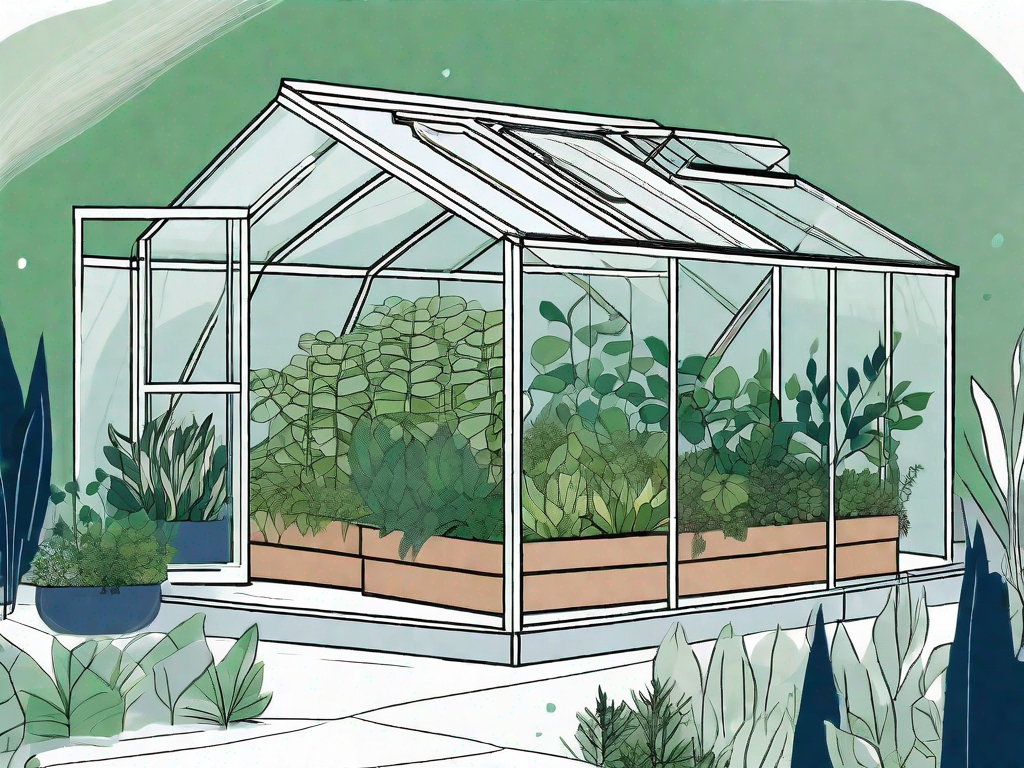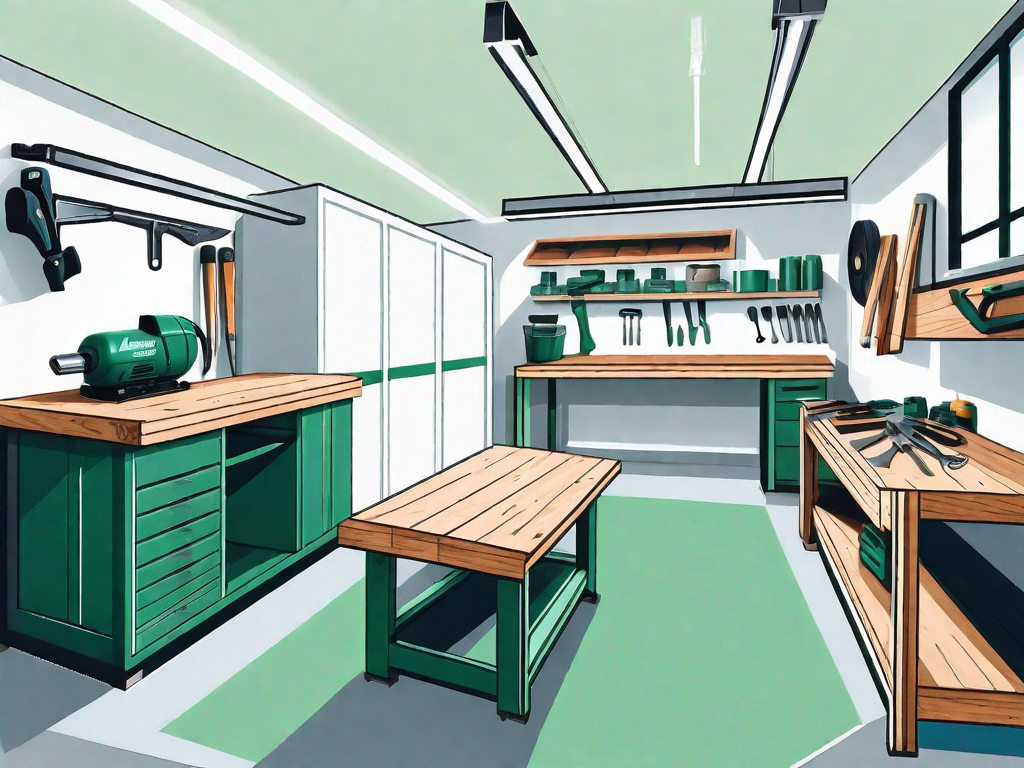Gardening is a rewarding hobby that allows you to grow your own fruits, vegetables, and flowers. However, traditional gardening methods can present challenges such as poor soil quality, weed growth, and difficulty in pest control. One solution to these problems is installing raised beds. Raised beds offer numerous benefits, and in this article, we will explore how to install them for easier gardening.
Understanding the Benefits of Raised Beds
Raised beds are elevated garden plots that are usually framed with wood, plastic, or metal. They have become increasingly popular among gardeners due to the many advantages they offer. Let’s take a look at some of these benefits.
Enhancing Soil Drainage
One of the key benefits of raised beds is improved soil drainage. The elevated nature of the bed allows excess water to drain away more efficiently, preventing waterlogged soil and reducing the risk of root rot. This is especially beneficial in areas with heavy rainfall or compacted soil.
When it comes to gardening, proper soil drainage is essential for the health and growth of plants. In traditional garden beds, the soil can become compacted over time, leading to poor drainage. However, with raised beds, this issue is minimized. The elevated structure allows water to flow freely through the soil, preventing water from pooling and causing damage to the plant’s roots.
Furthermore, raised beds provide an opportunity to create a customized soil mix that is ideal for your plants. You can incorporate organic matter, compost, and other amendments to improve the soil’s structure and fertility. This ensures that your plants have access to the nutrients they need for optimal growth.
Reducing Weed Growth
Another advantage of raised beds is their ability to reduce weed growth. By creating a barrier between the garden soil and the surrounding ground, raised beds deter weeds from encroaching on your plants. This means less time spent pulling weeds and more time enjoying your garden.
Weeds are a common nuisance in gardens, competing with your plants for nutrients, water, and sunlight. They can quickly take over a garden bed, making it difficult for your desired plants to thrive. However, with raised beds, you can minimize the presence of weeds.
The elevated structure of raised beds makes it harder for weed seeds to reach the soil, reducing the chances of weed germination. Additionally, the defined borders of raised beds make it easier to spot and remove any weeds that do manage to sprout. This proactive approach to weed control saves you time and effort in the long run.
Easier Pest Control
Raised beds also make pest control easier. Elevated beds are less accessible to pests such as slugs and snails, reducing the likelihood of infestations. Additionally, you can install physical barriers like netting or covers to protect your plants from insects, birds, and other animals.
Pests can wreak havoc on a garden, damaging plants and reducing yields. However, with raised beds, you can create a more controlled environment that is less inviting to pests. The height of raised beds acts as a deterrent to ground-dwelling pests, making it more difficult for them to reach your plants.
Furthermore, the installation of physical barriers such as netting or covers adds an extra layer of protection. These barriers can prevent insects, birds, and other animals from accessing your plants, reducing the risk of damage or loss. With raised beds, you can enjoy a pest-free garden and reap the rewards of your hard work.
Choosing the Right Materials for Your Raised Beds
When it comes to selecting the materials for your raised beds, there are several options to consider. Each material has its own advantages and considerations.
Evaluating Wood Types
Wood is a common choice for raised beds due to its durability and natural aesthetic. However, it is crucial to choose a type of wood that is rot-resistant and does not contain chemicals harmful to plants. Cedar and redwood are excellent choices as they are naturally resistant to decay and insect damage.
Considering Recycled Plastic
Recycled plastic is another environmentally friendly option for raised beds. It is durable, lightweight, and resistant to rot and degradation. By choosing recycled plastic, you not only create a sustainable garden but also provide a second life for materials that would otherwise end up in landfills.
Exploring Metal Options
Metal raised beds offer a sleek and modern look to your garden. They are durable, long-lasting, and can withstand harsh weather conditions. However, it is important to choose metal beds made from materials that are not prone to rust, such as galvanized steel or aluminum.
Determining the Ideal Size and Location for Your Raised Beds
Before installing your raised beds, it is essential to determine the ideal size and location for them. Consider the following factors to make the best decision.
Assessing Sunlight Exposure
Observe the sunlight patterns in your garden to identify the best location for your raised beds. Most plants require at least six hours of direct sunlight per day. Avoid placing the beds in shaded areas or where they could cast shadows on other plants.
Considering Accessibility
Accessibility is another crucial aspect to consider when determining the location of your raised beds. Ensure that there is enough space around the beds for you to comfortably maneuver and tend to your plants. This includes leaving adequate room for pathways, wheelbarrows, and gardening tools.
Factoring in Plant Growth Space
When deciding on the size of your raised beds, consider the space required for your plants to grow to their full potential. Account for the mature size of each plant, including their height and spread. This will prevent overcrowding and allow for proper air circulation and nutrient absorption.
Step-by-Step Guide to Installing Raised Beds
Now that you have determined the materials, size, and location of your raised beds, it’s time to install them. Follow these steps to ensure a successful installation process.
Preparing the Ground
Clear the area where your raised beds will be installed. Remove existing grass, weeds, and any debris. Level the ground and remove any rocks or roots that could affect the stability of the bed frame.
Assembling the Bed Frame
Begin by assembling the bed frame according to the manufacturer’s instructions. Lay out the materials and secure the corners with screws or connectors. Ensure that the frame is level and square before proceeding.
Filling Your Raised Bed with Soil
Once the bed frame is assembled, it’s time to fill it with soil. Use a mixture of high-quality garden soil, compost, and organic matter to provide nutrients for your plants. Fill the bed to the top, leaving a small space at the rim for watering.
By following these steps, you can easily install raised beds for easier gardening. Enjoy the benefits of enhanced soil drainage, reduced weed growth, and improved pest control. With your plants elevated and thriving, you’ll have a bountiful and beautiful garden to enjoy year after year.



